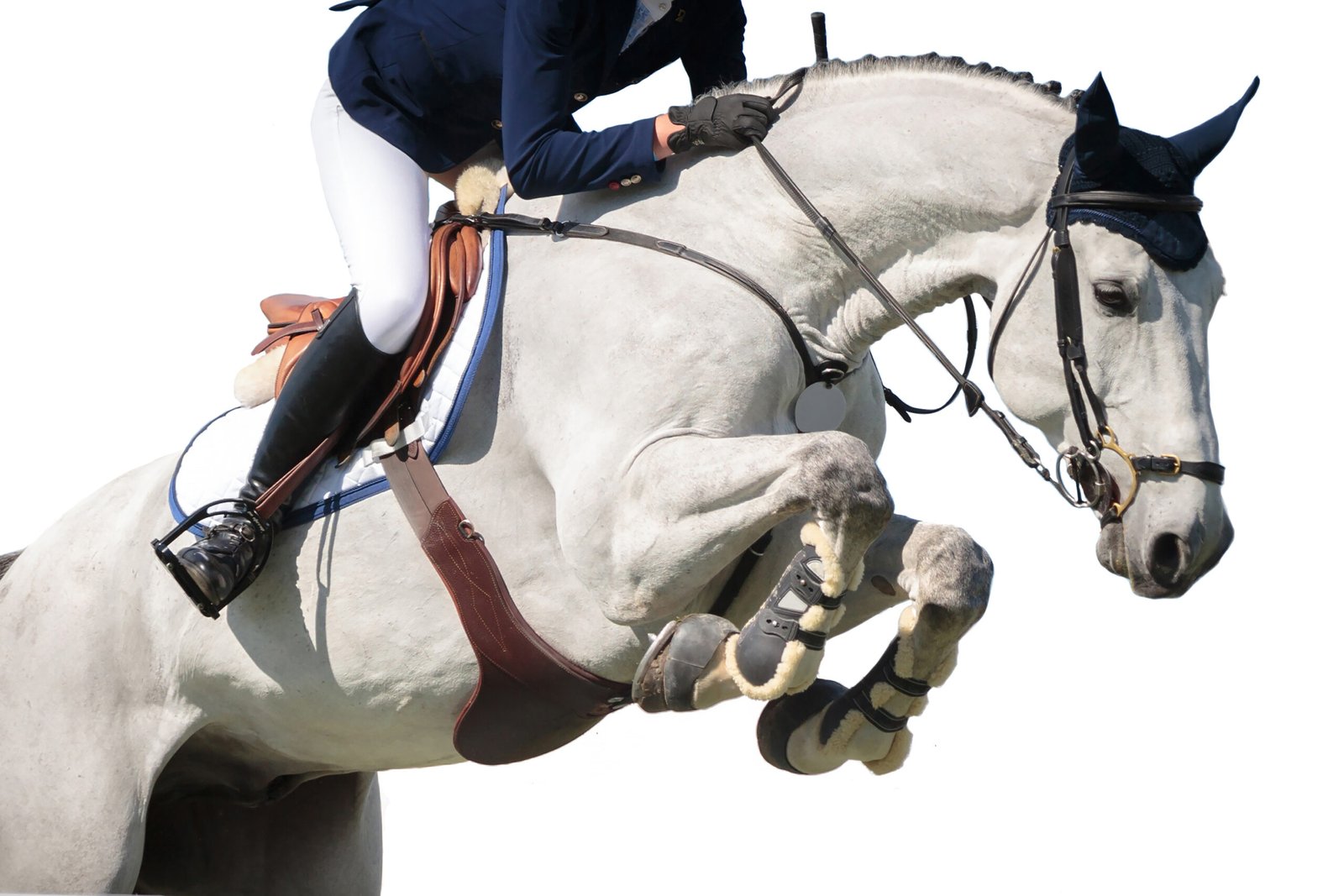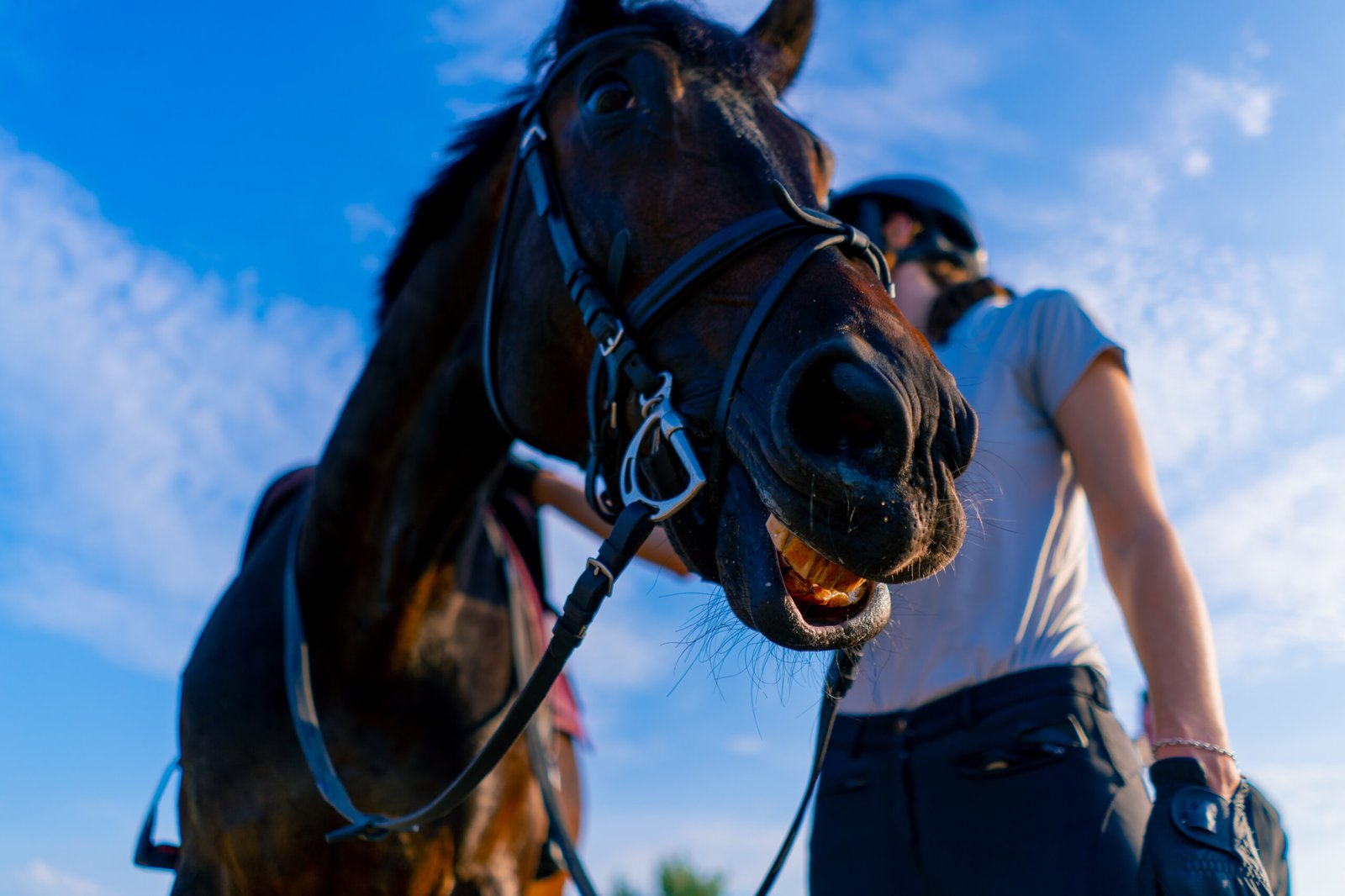Racehorse Breeding: What Makes a Champion Bloodline
Home > Single Blog

Breeding racehorses is both an art and a science, requiring a deep understanding of genetics, bloodlines, and performance traits. For centuries, breeders have sought to produce horses that possess the perfect combination of speed, endurance, agility, and mental toughness—traits that can make the difference between an average racehorse and a champion. While luck certainly plays a role, the process of breeding a champion is rooted in meticulous planning and selective mating.
In this post, we will explore the key factors that contribute to a winning bloodline and how breeders work to ensure the next generation of racehorses carries the legacy of greatness.
1. The Power of Pedigree: Why Bloodlines Matter
At the heart of racehorse breeding is the importance of pedigree. A horse’s pedigree traces its lineage, showing which horses have passed down desirable traits over generations. By studying pedigrees, breeders aim to identify bloodlines that consistently produce high-performing horses. The goal is to find horses whose ancestors have proven successful on the racetrack, whether through speed, stamina, or temperament.
Key Ancestors: The Influence of Thoroughbred Sires
Thoroughbred racehorses can trace their lineage back to three founding stallions: the Darley Arabian, the Godolphin Arabian, and the Byerley Turk, which were imported to England in the late 17th and early 18th centuries. These stallions established the foundation for the modern Thoroughbred, and today, many of the most successful racehorses share common ancestry with these elite sires.
Over the centuries, several influential sires have emerged as dominant forces in the racing world. Horses like Northern Dancer, Secretariat, and Bold Ruler have left an indelible mark on racing, with their bloodlines continuing to produce winners in major races such as the Kentucky Derby, the Prix de l’Arc de Triomphe, and the Melbourne Cup. A successful sire, or “stallion,” can have a profound influence on the breeding industry, as their offspring tend to command higher prices and attract top-tier trainers and jockeys.
Female Influence: The Role of the Dam (Broodmare)
While much attention is paid to the sire in breeding, the dam, or broodmare, is equally important in producing a champion racehorse. A mare passes on key characteristics such as temperament, intelligence, and nurturing traits. Successful broodmares are often themselves former racehorses or come from families known for producing competitive offspring.
Breeders will look at a broodmare’s race record, her physical conformation (bone structure, muscle tone, and overall physique), and the success of her progeny. A broodmare that has produced several successful foals becomes highly valuable, as her influence on the bloodline is recognized as pivotal to the offspring’s future success.
2. Genetic Inheritance: Passing on Winning Traits
The science of genetics plays a central role in horse breeding. Understanding how specific traits are inherited from both the sire and the dam allows breeders to carefully plan matings with the intention of producing horses that possess the right combination of speed, stamina, and physical conformation.
Speed and Stamina: Balancing Fast-Twitch and Slow-Twitch Muscle Fibers
A racehorse’s ability to perform at top speed or maintain endurance over long distances depends on the type of muscle fibers they inherit. Horses with a higher proportion of fast-twitch muscle fibers are more suited for sprinting, as these fibers generate quick bursts of speed. Horses with more slow-twitch fibers, on the other hand, have greater stamina and excel in longer races that require sustained effort.
Breeding decisions often focus on balancing these traits. For example, if a breeder wants to produce a horse suited for middle-distance races, they may choose a sire known for producing fast-twitch fibers and a dam with a strong record in distance races, hoping to create an offspring that can excel in both categories.

Conformation: The Structure of Success
Conformation refers to the horse’s physical build, which greatly affects its performance on the track. A well-conformed horse will have a strong, well-balanced body that enables it to move efficiently and handle the rigors of racing. Key elements of good conformation include straight legs, a deep chest (for better lung capacity), a long stride, and a muscular, well-proportioned frame.
Breeders meticulously evaluate the conformation of both the sire and the dam, aiming to correct flaws or enhance strengths in the next generation. For example, if a mare has slightly short legs but excellent muscle tone, a breeder may pair her with a stallion known for passing on long, powerful strides to his offspring.
Temperament: The Mental Edge of a Champion
Beyond physical attributes, a horse’s temperament is crucial in determining its success on the track. Horses that are calm yet competitive, focused under pressure, and willing to respond to their jockey’s commands are more likely to excel in the high-stress environment of racing. Some horses may have a natural competitive streak, while others may need more encouragement from their trainers and jockeys.
Breeding for temperament can be challenging, as it is influenced by both genetics and environment. However, selecting sires and dams that have demonstrated a strong mental capacity and competitive nature increases the chances of producing a foal with the right mental attributes to succeed.
3. The Importance of Outcrossing and Linebreeding
Two key breeding strategies that breeders use to refine bloodlines are outcrossing and linebreeding. Both methods are used to enhance desirable traits while minimizing the risk of passing on genetic defects or undesirable characteristics.
Outcrossing: Bringing in New Blood
Outcrossing involves breeding two horses that are not closely related to each other, introducing new genetic material into the bloodline. This strategy helps to diversify the genetic pool, reducing the risk of inbreeding and increasing the likelihood of producing a healthy, well-rounded horse. Outcrossing is particularly useful when a breeder wants to combine the best traits from two different bloodlines, such as speed from one sire and stamina from another.
Linebreeding: Refining a Family’s Strengths
Linebreeding, on the other hand, involves breeding horses that share a common ancestor within a few generations. The goal is to reinforce desirable traits from a particularly successful ancestor, such as a famous sire or dam. While linebreeding can increase the chances of passing on strong performance traits, it also carries the risk of concentrating genetic defects, making it a strategy that requires careful consideration.
Breeders who use linebreeding must be knowledgeable about the genetic history of the horses involved, ensuring that the benefits of reinforcing certain traits outweigh the potential risks of inbreeding.
4. Advances in Breeding Technology
In recent years, advances in technology have transformed the way breeders approach horse breeding, making it more precise and data-driven than ever before.
Genetic Testing and DNA Analysis
Today, breeders can use genetic testing to identify specific traits and markers associated with performance, soundness, and health. By analyzing a horse’s DNA, breeders can assess its potential for success before it even steps onto the racetrack. Genetic testing can also help detect hereditary conditions, allowing breeders to make informed decisions about whether to breed a particular horse or avoid passing on undesirable traits.
Artificial Insemination and Embryo Transfer
While traditional natural breeding is still widely used, modern breeding techniques such as artificial insemination (AI) and embryo transfer (ET) have expanded the possibilities for breeding racehorses. AI allows breeders to mate horses that are geographically distant, increasing the genetic diversity of the bloodline. ET, meanwhile, enables a valuable broodmare to produce multiple foals in a single year, as her embryos can be transferred to surrogate mares.
These technologies not only make breeding more efficient but also allow for greater experimentation with bloodlines, helping breeders refine their strategies and increase the chances of producing champions.
5. The Role of Luck and Intuition
Despite the advancements in genetics, data, and technology, there is still an element of unpredictability in breeding racehorses. Even the best-planned matings can result in a foal that doesn’t meet expectations, while a seemingly unremarkable pairing can produce a superstar. This is where intuition and experience come into play.
Many of the most successful breeders rely on a combination of science and “gut feeling” when making breeding decisions. They study pedigrees, analyze conformation, and consider genetic markers, but they also trust their instincts about which horses are likely to pass on the intangible qualities of a champion.



